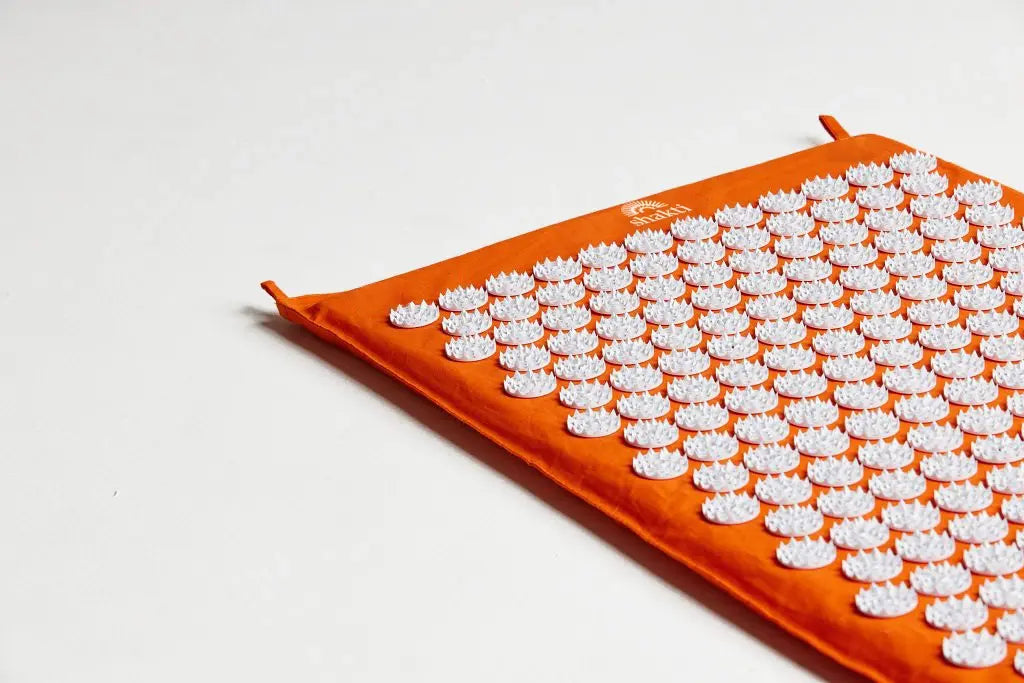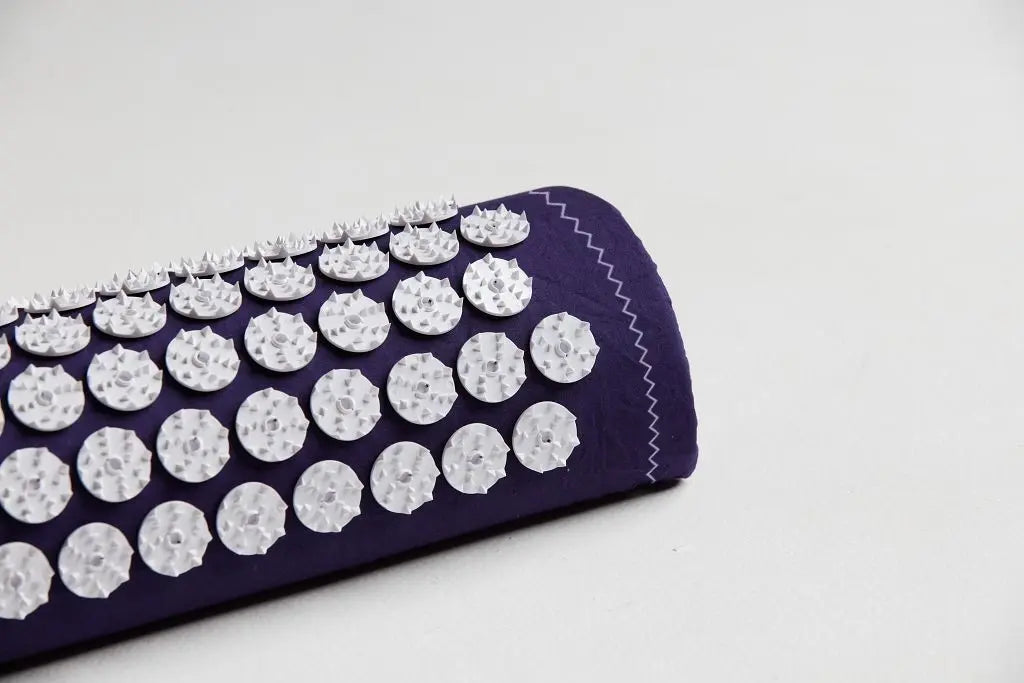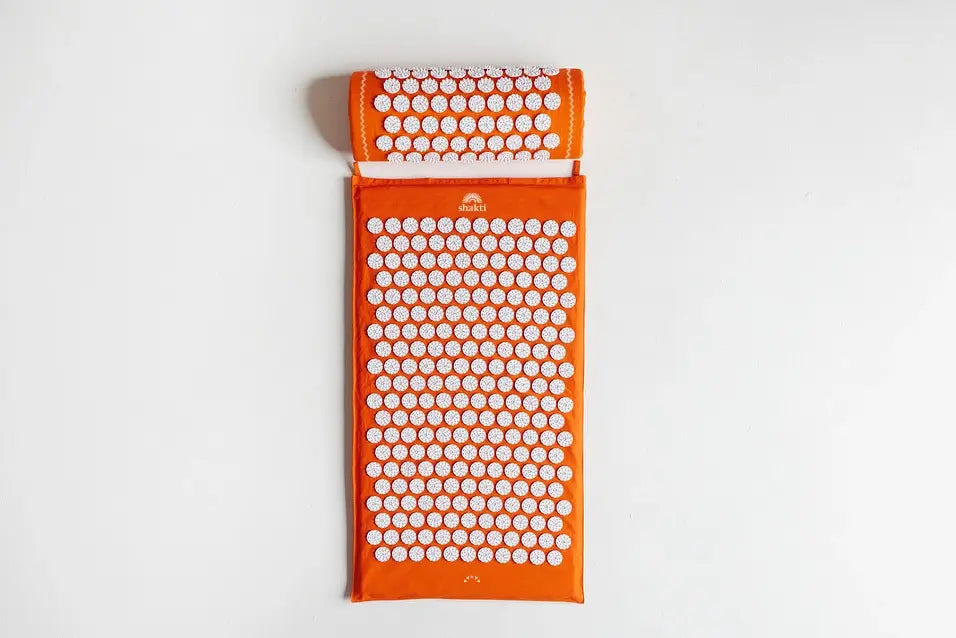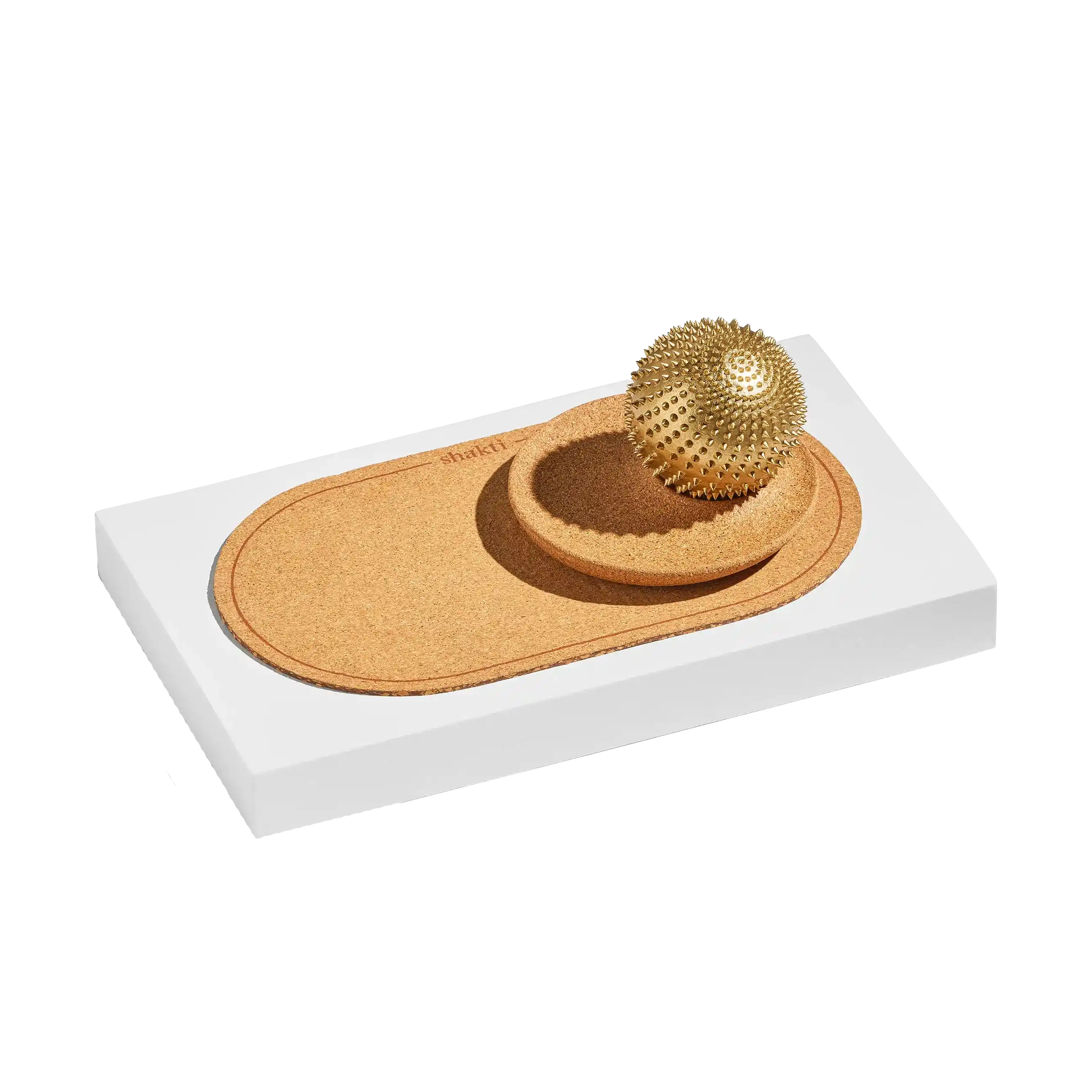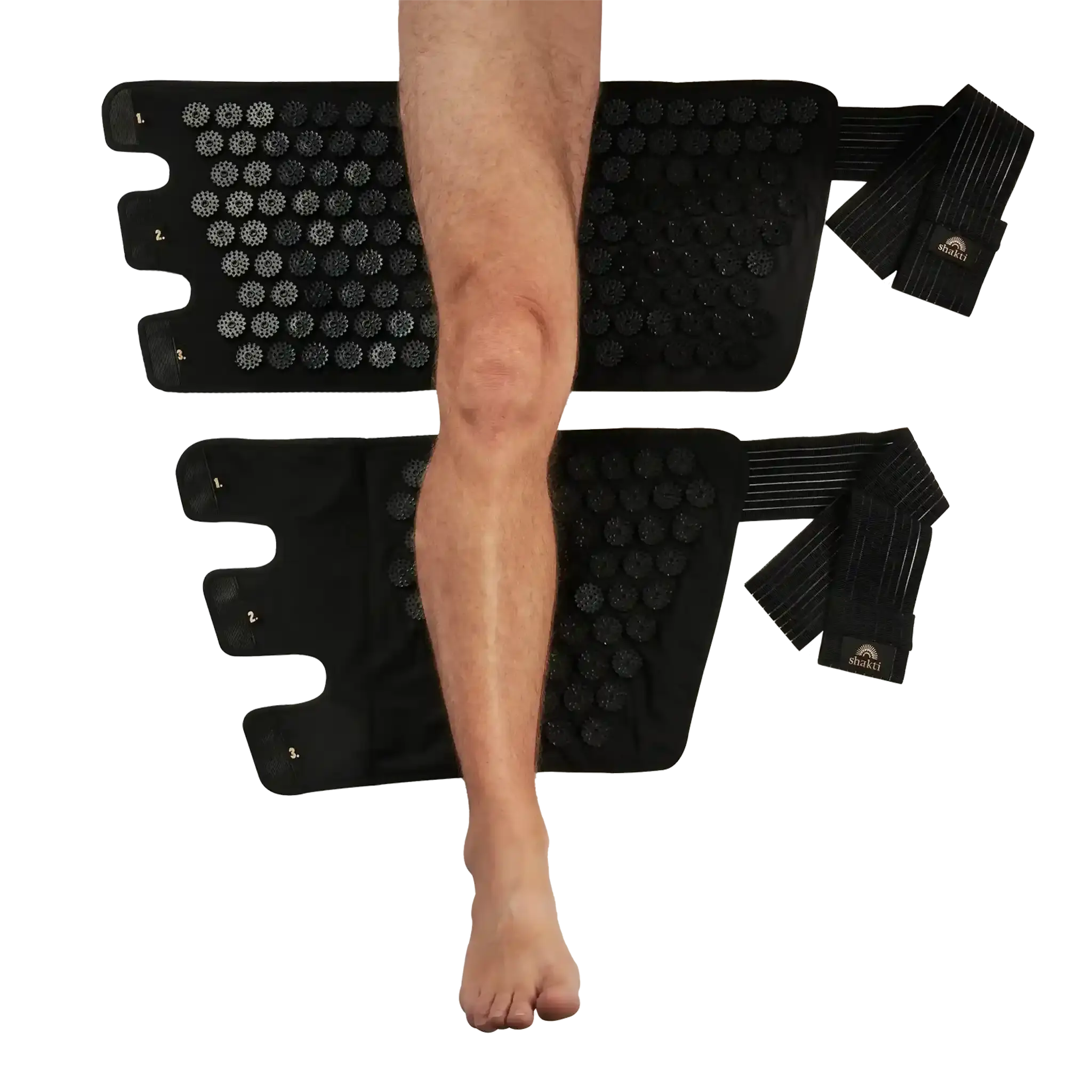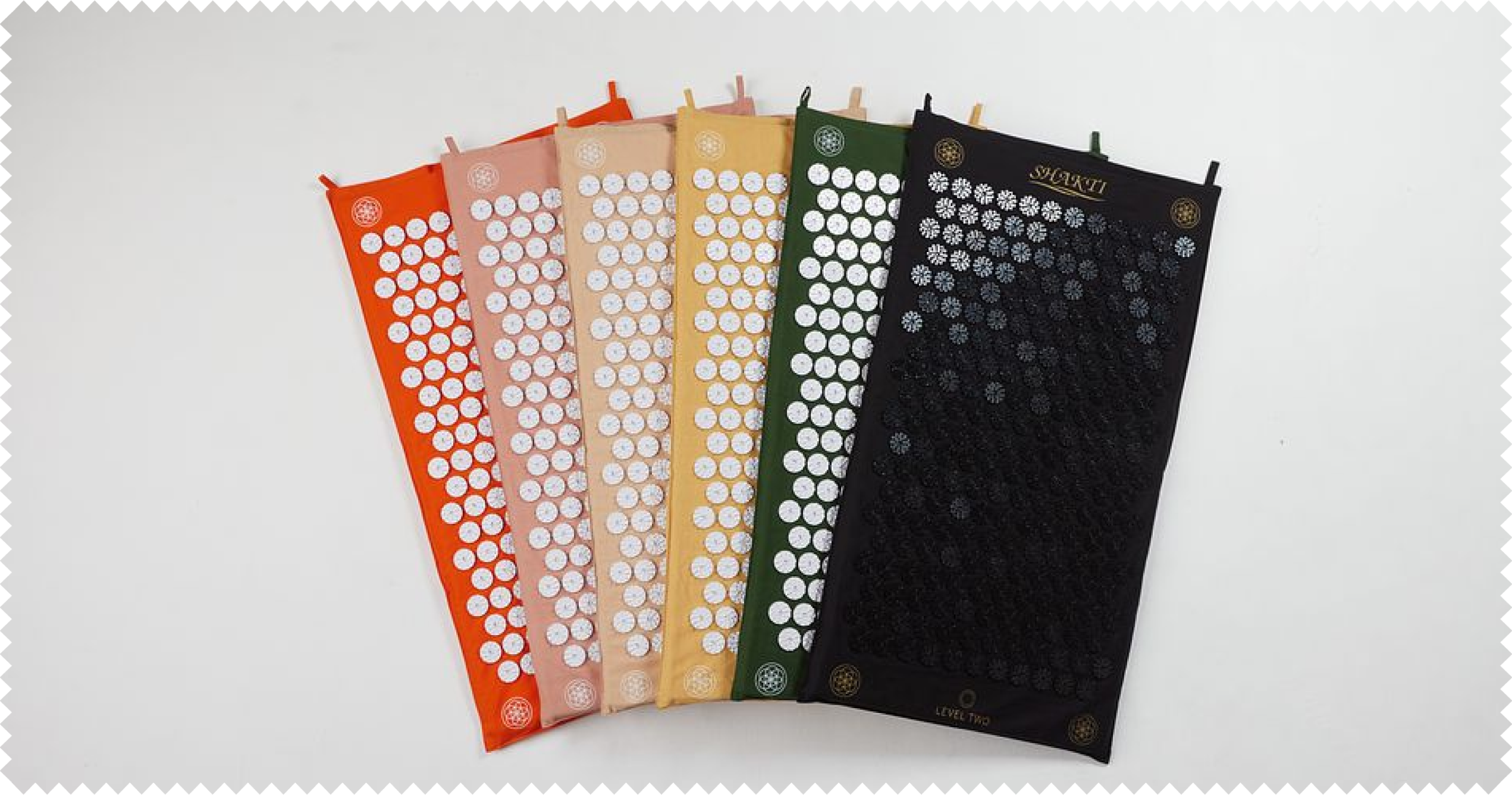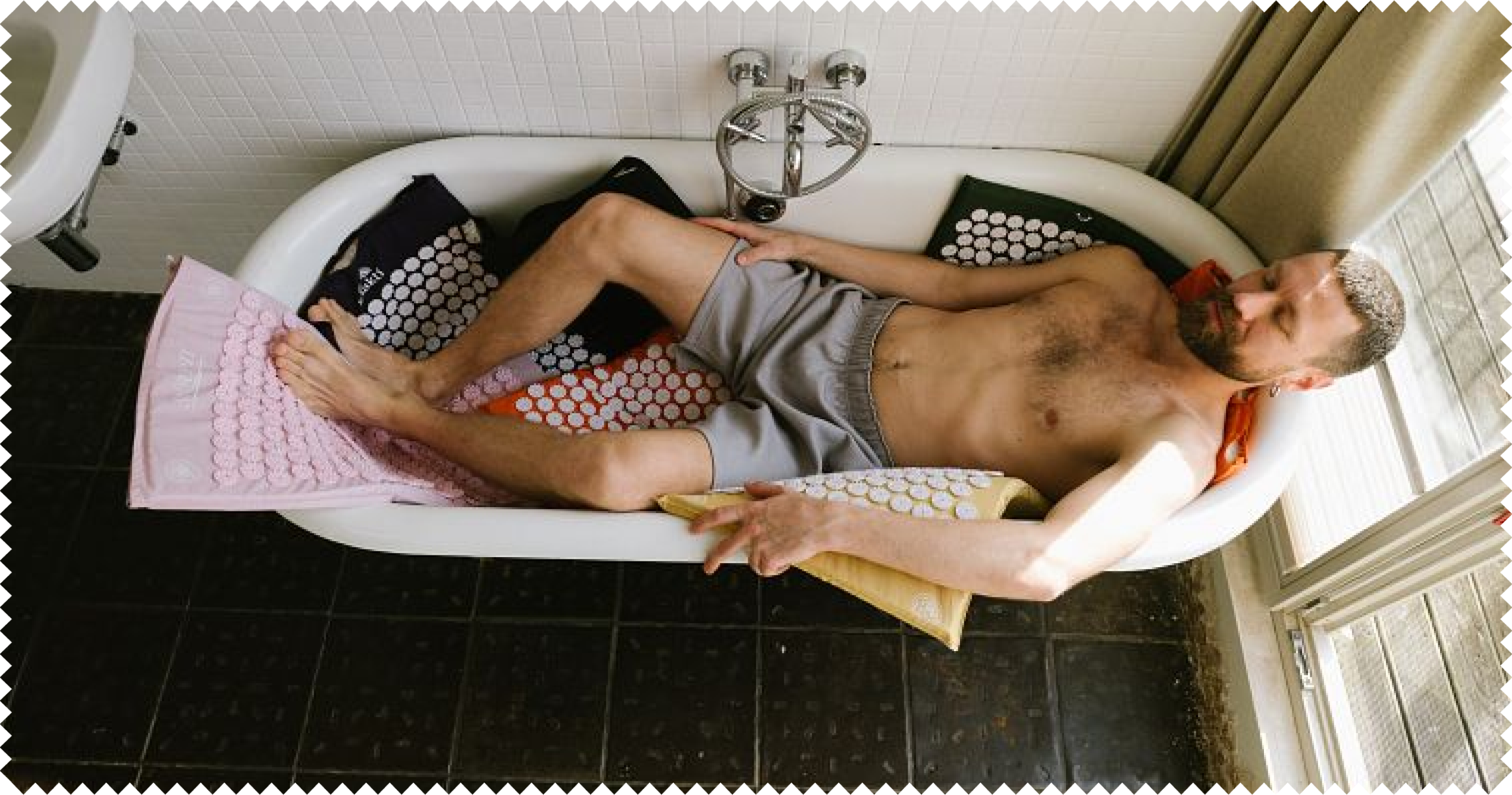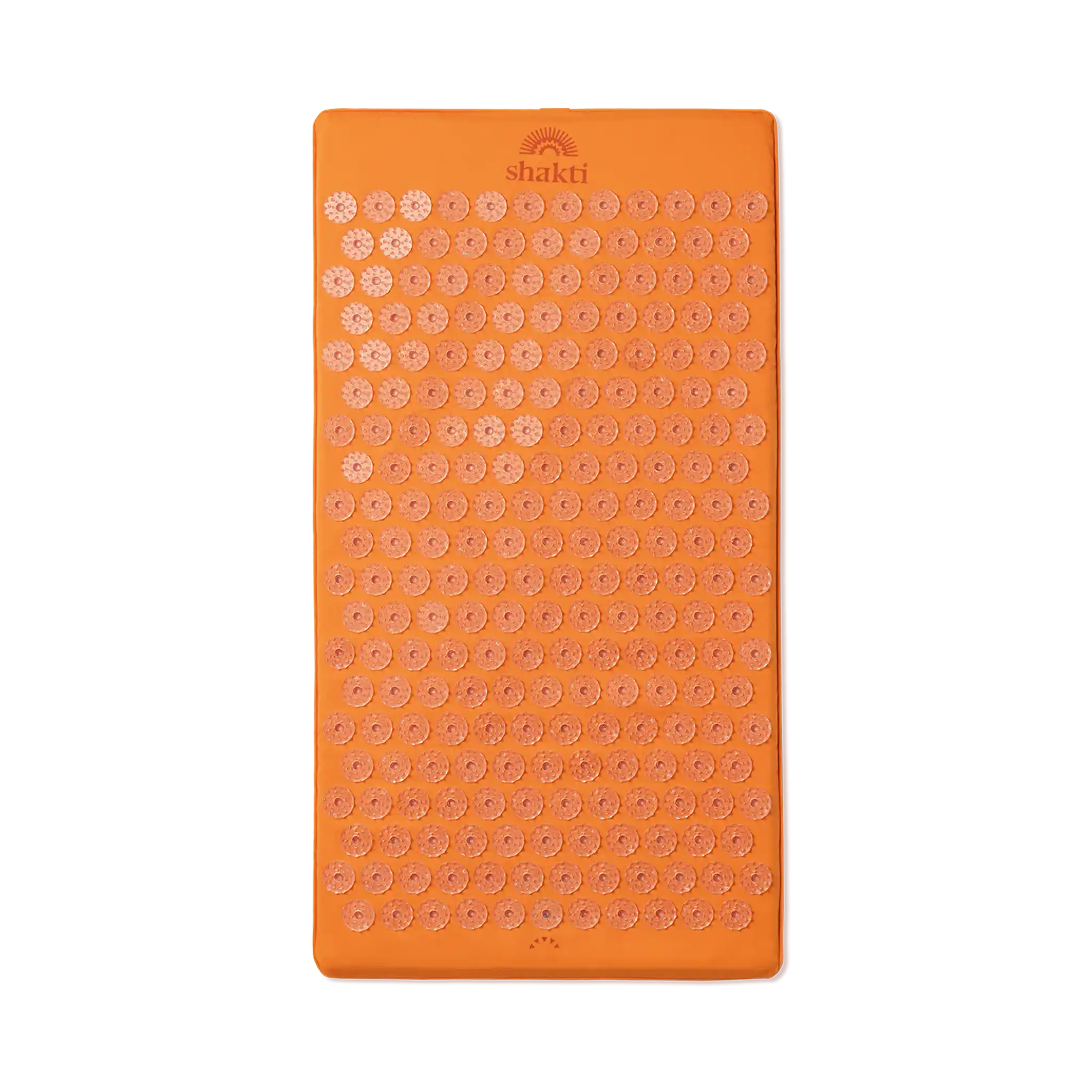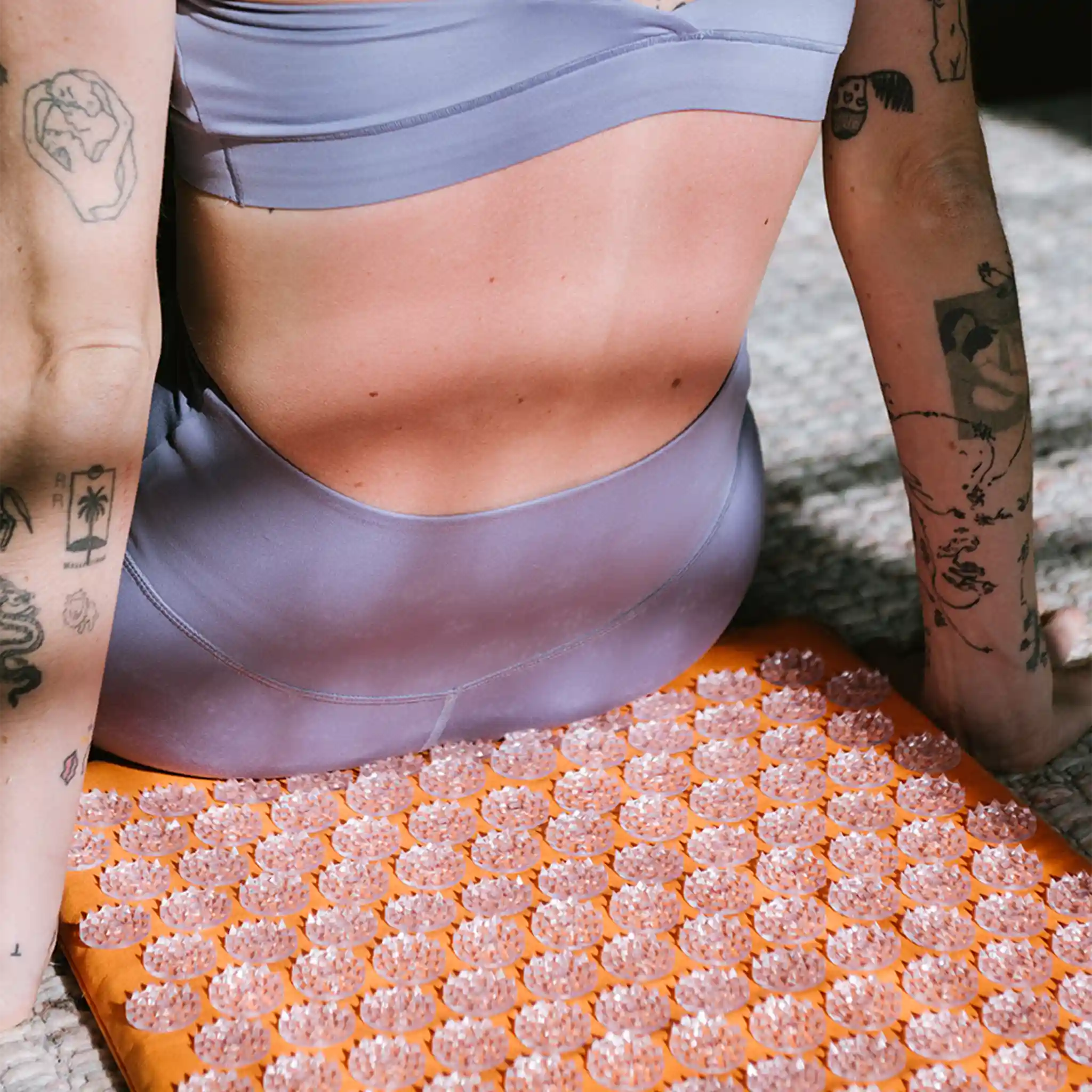Do you have pain in your lower back and fear that you have a herniated disc in your lumbar spine? Of course, only a doctor can check whether this is really the case. But we can help you to better classify your symptoms in advance and possibly take the first steps towards pain relief together. To do this, we would first like to briefly explain what a slipped disc in the lumbar spine actually is, when it can occur and how you should treat it. Our focus is less on detailed medical knowledge and more on exercises and tips that are suitable for everyday use. Let's go!
Content
1. what is a slipped disc in the lumbar spine (especially in the 4/5 lumbar vertebrae)?
2. herniated disc in the lower back: symptoms in focus
3. herniated disc in the lumbar spine: treatment options
4. slipped disc in the lumbar spine: exercises that really help
5. do I belong to the risk group for a herniated disc in the lumbar spine?
What is a herniated disc in the lumbar spine (especially the 4/5 lumbar vertebra)?
To do this, we first need to understand: How are our intervertebral discs structured and what function do they perform? Intervertebral discs are flexible, disc-shaped structures that are located between the individual vertebrae of the spine. They consist of an outer ring of fibrous cartilage and a gel-like inner core. As a kind of shock absorber, they distribute the weight of the body onto the spine and allow it to move. Unfortunately, the intervertebral discs can become damaged through ageing, wear and tear, injury or overuse. When the outer layer of a disc weakens or ruptures, the inner core can push through the tear and press on an adjacent nerve or the spinal cord, resulting in a painful herniated disc. The most common herniated discs occur in the lumbar spine, usually between lumbar vertebrae 4/5.
Note: A herniated disc in the lumbar spine is often also referred to as a lumbar disc herniation.
Difference lumbago & herniated disc
The terms "lumbago" and "slipped disc (lumbar spine)" are often used interchangeably, although there are clear differences. While lumbago is a sudden, acute pain directly in the back (e.g. triggered by a jerky movement), a herniated disc develops over time. It is caused by a tear in the outer layer of the intervertebral disc, from which tissue leaks out and then presses on surrounding nerves. The initial back pain is replaced or supplemented by pain radiating into the leg and foot and a feeling of numbness.
Herniated disc lower back: symptoms in focus
Anyone who has ever been affected knows that a herniated disc in the lumbar vertebra is extremely painful. The symptoms vary, however, depending on which vertebrae are affected. Often the back, front or outside of one or both legs are affected. This is referred to as radiating pain, which extends from the buttocks down the leg to the foot and is typical of a herniated disc of the lumbar spine. Pain directly in the lumbar spine, i.e. in the lower back, is not as pronounced or may even be completely absent.
Note: Of course, the lower back pain described can also have other causes - it does not necessarily have to be a slipped disc in the lumbar spine. Muscular tension caused by sitting for too long or too little exercise, for example, is one of the main causes of back, buttock or leg pain. You can easily relieve these with stretching exercises, (fascia) massage or with the help of an acupressure mat.
Herniated disc of the lumbar spine 4/5: symptoms
- If lumbar vertebra 4 is affected, the pain usually extends from the thigh to the knee. In addition, there is numbness in the front of the thigh and the inside of the lower leg, which is particularly noticeable when climbing stairs.
- If lumbar vertebra 5 is affected, the pain is mainly felt in the buttocks, on the outer edge of the thigh and extends down to the foot. The big toe in particular or the entire sole of the foot is often numb.
Good to know: Most herniated discs disappear on their own after around 6-8 weeks or with conventional therapy (painkillers and careful physiotherapy). However, you should always consult a doctor if you suspect a herniated disc in the lumbar spine.
How does a diagnosis take place?
If a herniated disc in the lumbar spine is suspected, your doctor will first carry out a thorough physical examination. This will check whether there is pain or restrictions in movement or weakness in the muscles. Depending on the results, you can then start your treatment with special exercises, massages, heat or painkillers. If these measures do not help and the pain remains unchanged after around 4-6 weeks, an MRI of the herniated disc in the lumbar spine can also be performed. In this way, the doctor can determine the exact position and size of the herniation and also check whether there is any nerve compression. Electromyography (EMG) is also possible. It measures the electrical activity of the muscles and nerves and thus also helps to differentiate the herniated disc from other diseases.
Herniated disc in the lumbar spine: therapy options
Once all the facts are on the table, treatment can begin. In the case of a herniated disc in the lumbar vertebra, a mix of different treatments is often promising, e.g:
- Loosening and stretching exercises stimulate your blood circulation and improve the mobility of the affected area. They also help you to strengthen the muscles around the spine, which can relieve pressure on the intervertebral disc. More on this in a moment.
- Special physiotherapy exercises can also help to relieve, mobilize and strengthen the affected area.
- Local heat, e.g. mud packs or a hot water bottle, will loosen your muscles and relieve the pain.
- Massages also help to relieve acute pain and improve blood circulation in the affected area in the event of a slipped disc in the lumbar spine. A massage can also help to loosen tense muscles and improve the flexibility of the affected region. We have a few more tips for you on this too.
- Moderate exercise can relieve pain, improve flexibility and mobility and promote the healing process in the case of a herniated disc in the lumbar spine. It is usually recommended to perform light to moderate exercises that strengthen and stretch the back, such as yoga, Pilates, swimming or hiking.
If all these conservative treatment methods are unsuccessful, your doctor will inform you about lumbar spine disc surgery or artificial lumbar spine disc.
Herniated disc in the lumbar spine: exercises that really help
There are different exercises that can help you with a herniated disc in the lumbar spine. On the one hand, it is important to quickly relieve the pain, on the other hand, you should implement a long-term back-friendly daily routine and also work on strengthening your core muscles. This helps your spine and therefore also your intervertebral discs in their daily support work. The following exercises are ideal for these different purposes - and are also easy and quick to implement:
Step 1: Reduce pain
Heat and painkillers are ideal for stopping the pain immediately and relaxing your muscles. So that you don't have to rely on the latter for too long, suitable exercises can also provide relief. Here are two effective exercises for an acute slipped disc in the lumbar spine:
- Step position lying down: This exercise is very simple. Lie on your back and position your lower legs at a 90 degree angle on a stack of pillows. This relieves the pressure on your lumbar spine and immediately eases your pain.
- Relief while sitting: To do this, sit upside down on a chair and lean slightly forward over the back of the chair. In this way, some of the weight on your lumbar spine is absorbed.
Step 2: Stimulate blood circulation & strengthen muscles
Bed rest alone is not recommended after a herniated disc in the lumbar spine, even if the pain may tempt you to do so. Moderate and back-friendly exercise helps with regeneration. The following exercises that you can do at home with a herniated disc in the lumbar spine improve blood circulation and strengthen your core muscles:
- Tense and relax your stomach: Lie on your back, bend your legs slightly and place both hands on your stomach (one above and one below your belly button). Now breathe deeply into your stomach and feel how both hands rise and fall. Now try to consciously draw in your lower abdomen as you exhale and hold this tension for around 7-10 seconds. As you continue to breathe evenly, only the upper hand will move. Caution: The pelvis and spine must not wobble during this exercise.
- Activate the pelvic floor: For this exercise, assume the same starting position as for the previous exercise, but place your hands slightly to the side on your lower abdomen, just next to your hip bones. Now inhale deeply and, as you exhale, try to pull your pelvic floor in towards your belly button (i.e. upwards and inwards). Please note: your pelvis and spine remain rigid and yet you can feel the slight movement under your hands. This tensing activates the stabilizing core muscle groups that support your spine.
- Stimulate blood circulation: This exercise kills two birds with one stone: you reduce stress and stimulate blood circulation in your back. Simply lie down on an acupressure mat and feel your back "come alive" again. This is because the many pressure points stimulate your blood circulation and thus improve your oxygen supply. In this way, you help your muscles to relax in the long term.
Step 3: Back-friendly everyday life
After a herniated disc in your lumbar spine, it's important to exercise in a way that's appropriate for your back to support your recovery and prevent further damage to your spine. Here are some tips that you should definitely follow:
- Avoid overloading: Avoid activities that put a lot of strain on your spine, e.g. heavy lifting or intensive training.
- Make sure you have good posture: poor posture can lead to overloading of the spine and hinder the healing process. So please always adopt an upright posture and avoid remaining in one position for long periods of time.
- Use ergonomic furniture: Ergonomically designed furniture, e.g. at the workplace, helps you to maintain a healthy posture and relieves the strain on your spine.
- Wear suitable shoes: Shoes with good cushioning and fit also contribute to a posture in which your spine is optimally relieved.
- Avoid stress: Stress can lead to tension in the back muscles and hinder the healing process. Therefore, try to reduce your stress or avoid stress in the first place, e.g. through relaxation techniques such as yoga or meditation. Important: Regularity is key here. So take at least 10 minutes in the evening for your health, for example on the yoga or acupressure mat. It will do you good!
Am I in the risk group for a herniated disc in the lumbar spine?
And one more important point to finish with: the be-all and end-all, regardless of whether it's a first or a repeat herniated disc, is of course prevention. Once you know all the causes of a herniated disc in the lumbar spine, you can banish the associated risk factors from your life - or at least minimize them. Pay attention to the following aspects:
- permanently static posture, e.g. when working at a desk
- Too little movement
- one-sided stress, e.g. from constant lifting or also from sports with jerky twisting movements, e.g. tennis
- atrophied muscles of the back and abdomen
- wear and tear due to age and/or load
- Excess weight, which puts additional strain on the spine
- weakened connective tissue, either hereditary or hormonal (pregnancy)
- Restrained postures, e.g. due to old injuries or malformations
Our conclusion
If you have suffered a herniated disc in the lumbar spine, surgery is not necessarily a must. Many herniated discs of the lumbar spine can be cured through targeted therapy measures, such as heat, massages and the appropriate exercises. More importantly, however, there are numerous ways to prevent a (further) herniated disc (in the lumbar spine or in other areas of the spine) - use them! Not only do they have the advantage of being easy to integrate into your daily routine, but they are also beneficial to your overall health. We don't accept the argument "no time". Because let's face it: 10 minutes less on the smartphone and 10 minutes on the mat are doable. Establish this routine and you'll soon notice how good it is for you. Start small, feel the resulting energy, and use it to grow bigger, bit by bit. What starts with 10 minutes on the acupressure mat may turn into a twenty-minute yoga session after a few weeks and then into a weekly visit to the swimming pool. We wish you much success!



